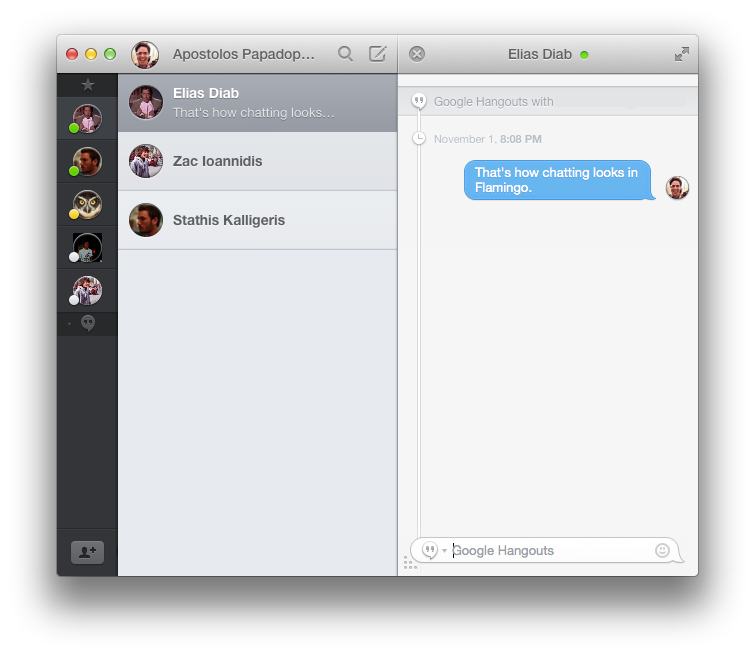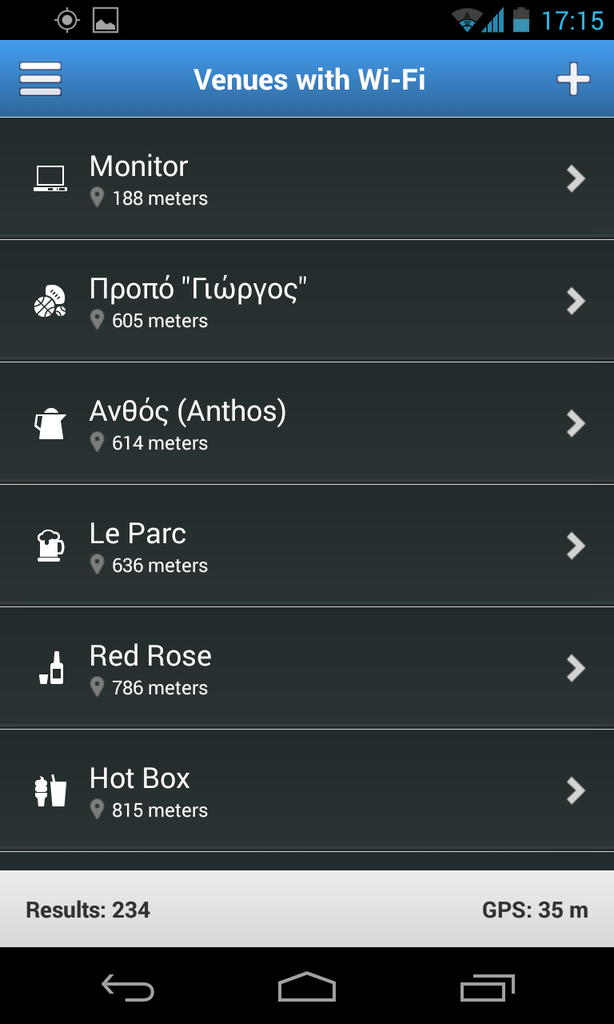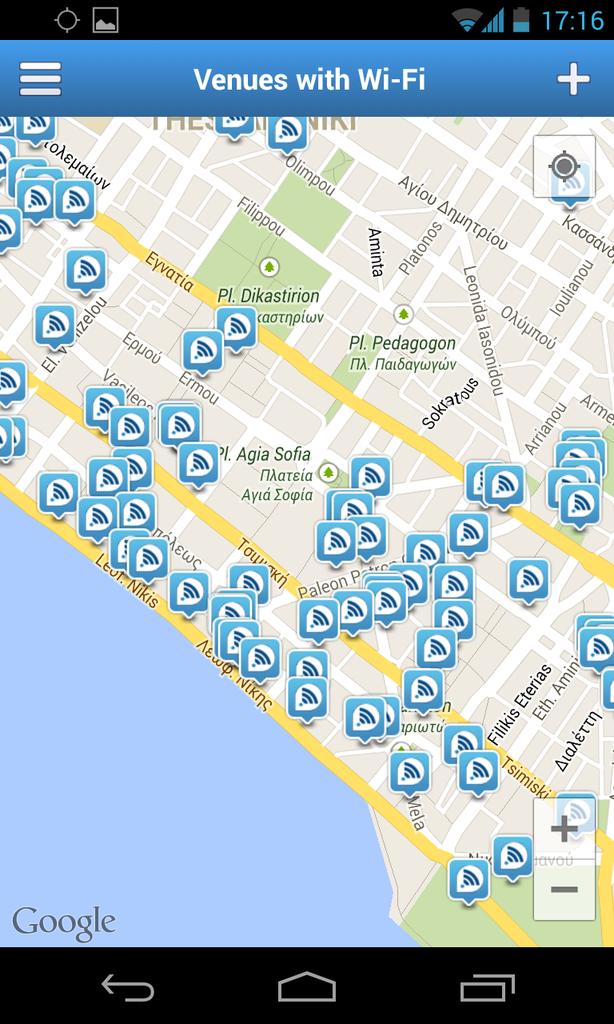iOS 7 is not perfect. iOS 7 is excellent — bar none other mobile operating system. This new design approach will evolve and improve over time, just like the original iOS did. iOS 7 is a new aesthetic and functional foundation which serves as a basis to right all the wrongs of the original iOS experience. Apple went thermonuclear1 and cannibalized (once again) its own products.
It’s the first true product of the post-Jobs Apple era. More subtle, refined. Jony Ive doesn’t share Jobs’ software design taste in excessive visual guidance for the user thus creating an artificial environment resembling real-world artifacts. Let’s face it: the early days of smart smartphones are over. People now are able to distinguish between apps, actions, design elements. They — and, consecutively, we — don’t need a Rolodex-alike icon to tell us this is the Contacts app2.
Apple sends a clear message to all pundits who render Cupertino as unable to innovate. I still stand by what I wrote in June:
Apple made it clear that it’s the only dominant player when it comes to amazing hardware and software. “Can’t innovate any more, my ass.”
Not only dominant but also the only skilled enough when it comes to design, aesthetics, details, performance and meaning. If you read between the lines Apple doesn’t try after all to compete with Google. It’s clear, now, that Cupertino is by far better on everything (sans the web infrastructure—we’re getting there) compared to Mountain View. Still a trailblazer.
Apple is different.
iOS 7 is the face of Apple to the majority of the world and there’s an (ongoing) perception that Apple is not going to survive as a going concern.
At this point of time, as at all other points of time in the past, no activity by Apple has been seen as sufficient for its survival. Apple has always been priced as a company that is in a perpetual state of free-fall. It’s a consequence of being dependent on breakthrough products for its survival. No matter how many breakthroughs it makes, the assumption is (and has always been) that there will never be another. When Apple was the Apple II company, its end was imminent because the Apple II had an easily foreseen demise. When Apple was a Mac company its end was imminent because the Mac was predictably going to decline. Repeat for iPod, iPad and now, iPhone.
But it’s key to understand what innovation means.
John Gruber nails it:
Refinement, in the eyes of these naysayers, does not count as innovation. Only revolution counts. But the iPhone needs no revolution. […] Every step of the way between 2007 and that lone original iPhone — running an OS with no third-party apps, no multitasking, not even copy-and-paste — and today’s world, where Apple is on the cusp of selling its 700 millionth iOS device and the lineup ranges from the iPod Touch to the iPhones to two sizes of iPad, has been about just that: refinement.
Innovation is missed by most people because it is so often incremental.
Aside innovation, Federighi, senior VP of Software Engineering, says iOS 7’s new look is inextricably linked with technological advances:
“This is the first post-Retina UI, with amazing graphics processing thanks to tremendous GPU power growth, so we had a different set of tools to bring to bear on the problem as compared to seven years ago [when the iPhone first launched],” he says. “Before, the shadowing effect we used was a great way to distract from the limitations of the display. But with a display that’s this precise, there’s nowhere to hide. So we wanted a clear typography.3”
Hardware and software are one now. A cohesive, powerful, beautiful unified whole. There’s not ‘hardware’ design and ‘software’ design — it’s just design. Jony Ive leads this effort perfectly.
Regarding the thought-process behind designing iOS 7: it’s a very sophisticated one. Abstract, rational, cognitive. It takes only a couple of days to completely immerse in the logic behind this massive overhaul—which is a massive cognitive task in itself—performed in a very little time. The exceptional mental task your brain does after you complete the iOS 7 immersion is your iOS 6 perception: you will be amazed how dated iOS 6 feels and looks like.
Although there is much to say about the iOS 7 minutiae I will not bother you. I’ve been using it since Beta 1 in June and despite its rough edges, iOS 7 sent a message: Cupertino never lost its cool, its taste, and its craftsmanship. Never will. Of course, there are still some design bugs and things that need more refinement and work. But they will get fixed — as always.
“We’re engineers and artists. Craftsmen and inventors. We sign our work. You may rarely look at it. But you’ll aways feel it. This is our signature. And it means everything. Designed by Apple in California.”
iOS 7 is Apple’s signature. A damn good one.


